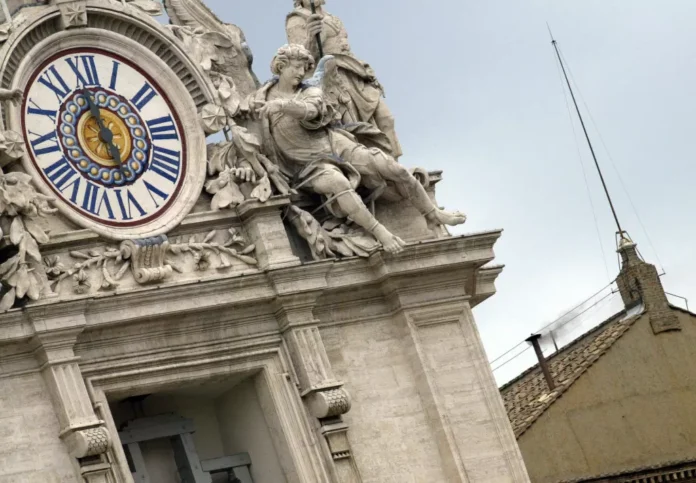As Pope Francis approaches his 85th birthday, speculation has begun about who will succeed him as the leader of the Catholic Church. While the process of selecting a new pope may seem mysterious to some, there is a clear and well-established procedure in place. In this article, we will take a closer look at how the process works and who some of the frontrunners are to succeed Francis.
The process of selecting a new pope is known as a papal conclave. This is a gathering of the College of Cardinals, the highest-ranking members of the Catholic Church, who are responsible for electing the new pope. The conclave is held in the Sistine Chapel in Vatican City and is a highly secretive and solemn event.
The first step in the process is the death or resignation of the current pope. In the case of Pope Francis, his successor will be chosen after his death. The College of Cardinals will then gather in Rome to begin the conclave. The conclave must begin between 15 and 20 days after the pope’s death, giving the cardinals time to travel to Rome.
Once the conclave begins, the cardinals are sequestered in the Sistine Chapel, where they will remain until a new pope is elected. During this time, they are not allowed to have any contact with the outside world, including the use of phones or social media. This is to ensure that the process remains confidential and free from outside influence.
The cardinals will then hold a series of meetings, known as congregations, to discuss the qualities and characteristics they believe the next pope should possess. These discussions are crucial in helping the cardinals come to a decision on who to elect.
The actual voting process takes place in the Sistine Chapel. Each cardinal is given a ballot paper and is asked to write the name of the person they believe should be the next pope. The ballots are then collected and counted by three scrutineers, who are chosen at random from the cardinals. If no candidate receives the required two-thirds majority, the ballots are burned in a special stove with chemicals that produce black smoke, signaling that no decision has been made.
If a candidate receives the required majority, the ballots are burned with chemicals that produce white smoke, signaling that a new pope has been elected. The new pope is then asked if he accepts the position and what name he wishes to be known by. Once he has accepted, he is dressed in the traditional papal vestments and presented to the world from the balcony of St. Peter’s Basilica.
So who are some of the frontrunners to succeed Pope Francis? While it is impossible to predict with certainty who will be the next pope, there are a few names that have been mentioned as potential candidates.
Cardinal Luis Antonio Tagle of the Philippines is often mentioned as a possible successor to Pope Francis. He is known for his humility and focus on social justice issues, which aligns with the values of Pope Francis. He is also seen as a bridge between the Catholic Church in Asia and the rest of the world.
Another potential candidate is Cardinal Pietro Parolin of Italy. He currently serves as the Vatican’s Secretary of State, making him one of the most powerful figures in the Catholic Church. He is known for his diplomatic skills and has been involved in many of the Vatican’s international relations.
Cardinal Christoph Schönborn of Austria is also considered a strong contender for the papacy. He is known for his progressive views on social issues and his ability to connect with young people. He has also been a vocal advocate for the reform of the Catholic Church.
Other names that have been mentioned as potential candidates include Cardinal Robert Sarah of Guinea, Cardinal Marc Ouellet of Canada, and Cardinal Peter Turkson of Ghana.
While the process of selecting a new pope may seem complex and secretive, it is ultimately guided by the Holy Spirit and the will of God. The cardinals are tasked with choosing a leader who will continue the work of Pope Francis and guide the Catholic Church into the future.
In conclusion, the process of selecting a new pope is a carefully orchestrated and solemn event. The cardinals gather in the Sistine Chapel to discuss and vote on who they believe should be the next leader of the Catholic Church. While there are many potential candidates, it is ultimately up to the Holy Spirit to guide the cardinals in their decision. As we await the selection of the next pope, let us pray for wisdom

